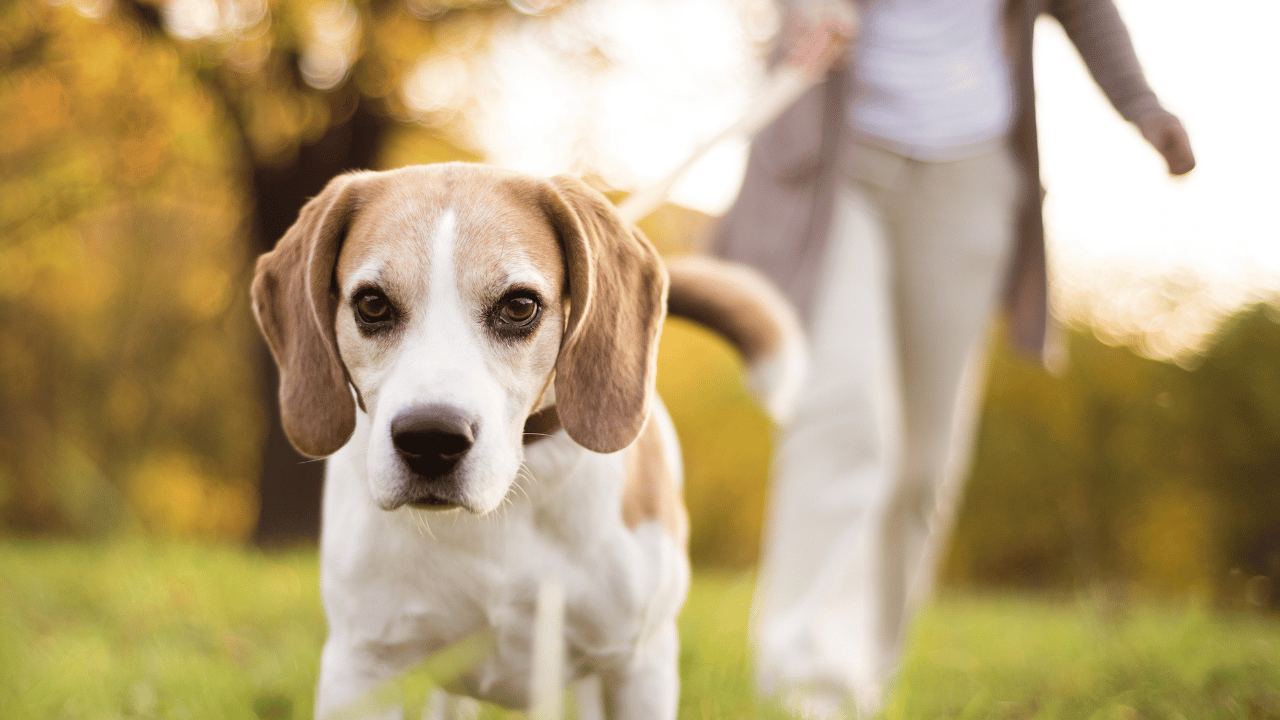Taking your dog for a walk should be an enjoyable experience for both you and your furry companion. However, if your dog has a habit of pulling on the leash, it can turn a peaceful stroll into a frustrating ordeal. The good news is that even older dogs can learn to walk calmly by your side with the right techniques and a little patience.
At SeniorSearching.com, we’re here to help you make the most of your golden years with practical tips and engaging activities. And because staying healthy is essential to enjoy outdoor adventures with your dog, we’re proudly sponsored by SeniorHMOplans.com, helping seniors like you find the best health plans to support an active lifestyle.
Why Train Your Older Dog?
Training your dog to walk without pulling has several benefits:
- Improves Safety: Prevent accidents or falls caused by sudden leash pulling.
- Enhances Bonding: Strengthen your relationship through positive interactions.
- Supports Exercise: Makes walks more enjoyable, encouraging regular activity for both of you.
Steps to Train Your Dog
Follow these simple steps to teach your older dog to walk calmly on a leash:
- Use the Right Equipment:
- Invest in a sturdy leash and a well-fitted harness or collar. A front-clip harness can discourage pulling effectively.
- Start Indoors or in a Quiet Area:
-
- Begin training in a distraction-free environment like your home or backyard. This helps your dog focus on learning.
- Teach the “Heel” Command:
-
- Hold a treat close to your dog’s nose and slowly walk forward, saying “Heel.” Reward your dog when they stay by your side.
- Stop When They Pull:
-
- If your dog starts pulling, stop immediately and stand still. Wait for them to return to you before continuing the walk. Consistency is key.
- Reward Good Behavior:
-
- Use treats, praise, or a favorite toy to reinforce calm walking. Positive reinforcement encourages your dog to repeat good behavior.
- Gradually Add Distractions:
-
- Once your dog masters walking calmly in a quiet area, introduce distractions like other dogs or people. Keep the training sessions short and positive.
Tips for Success
- Be Patient: Older dogs can learn new tricks, but it may take time and repetition.
- Stay Consistent: Use the same commands and techniques every time you train.
- Avoid Harsh Corrections: Gentle guidance works better than punishment.
- Practice Regularly: Daily walks provide opportunities to reinforce good behavior.
FAQs
Q: Can older dogs really learn new behaviors?
A: Absolutely! While it may take more time than training a puppy, older dogs are fully capable of learning with patience and consistency.
Q: What if my dog doesn’t respond to treats?
A: Try using a favorite toy or verbal praise as a reward instead.
Q: How long does it take to see results?
A: Progress varies depending on the dog, but most owners notice improvements within a few weeks of consistent training.
Discover More at SeniorSearching.com
Training your dog to walk without pulling can transform your daily walks into a relaxing and enjoyable experience. Discover more helpful tips and inspiring ideas at SeniorSearching.com, your trusted resource for seniors.
And remember, good health is key to enjoying activities like walking your dog. Visit SeniorHMOplans.com today to find a health plan that keeps you active and ready to enjoy life to the fullest!


